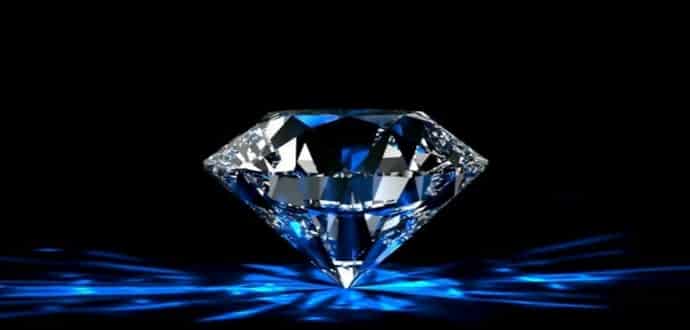Scientists find diamond batteries that could harness energy from nuclear waste
Physicists and chemists from the University of Bristol’s Cabot Institute have found a way to convert thousands of tons of seemingly worthless nuclear waste into man-made diamond batteries that can last for 5,000 years.
The team also claimed the “diamond batteries” – which are enclosed inside of other diamonds for safety are not dangerous and release less nuclear radiation than a banana. Such long-lived diamond batteries could be used in implants such as pacemakers, drones, satellites, spacecraft, and in other areas where long battery life is crucial. They could help resolve the problems of nuclear waste, clean electricity generation and battery life, say the researchers.
Professor Stephen Lincoln, Visiting Research Fellow at the University of Adelaide Honorary, told that the breakthrough of this magnitude, if confirmed, would be revolutionary.
“Nuclear waste is a huge issue, there would be something like 150,000 tonnes of high-level nuclear waste stored in various places around the world. It is stored temporarily and the only permanent storage facility is in Finland but there is nothing there yet.
“If you could use nuclear waste for generating power, the significant thing, on top of the fact that you don’t need to find somewhere to store it, is it doesn’t generate carbon dioxide so it would be great for the environment.”
Scientists found that by heating graphite blocks used to house uranium rods in nuclear reactors – much of the radioactive carbon is given off as a gas. This can then be collected and turned into radioactive diamonds using a high-temperature chemical reaction, in which carbon atoms are left on the surface in small, dark-colored diamond crystals.
When placed near a radioactive source, these man-made diamonds produce a small electrical charge. The radioactive diamonds are then encased safely within a layer of non-radioactive diamond. This requires no moving parts or maintenance, and can last for thousands of years without needing to be replaced.
The team has already demonstrated a prototype diamond battery using Nickel-63, but researchers said carbon-14 will make a more effective radiation source.
“Carbon-14 was chosen as a source material because it emits a short-range radiation, which is quickly absorbed by any solid material,” said Dr Neil Fox from Bristol.
“This would make it dangerous to ingest or touch with your naked skin, but safely held within diamond, no short-range radiation can escape.
“In fact, diamond is the hardest substance known to man, there is literally nothing we could use that could offer more protection.”
Watch the video below for more scientific details:

